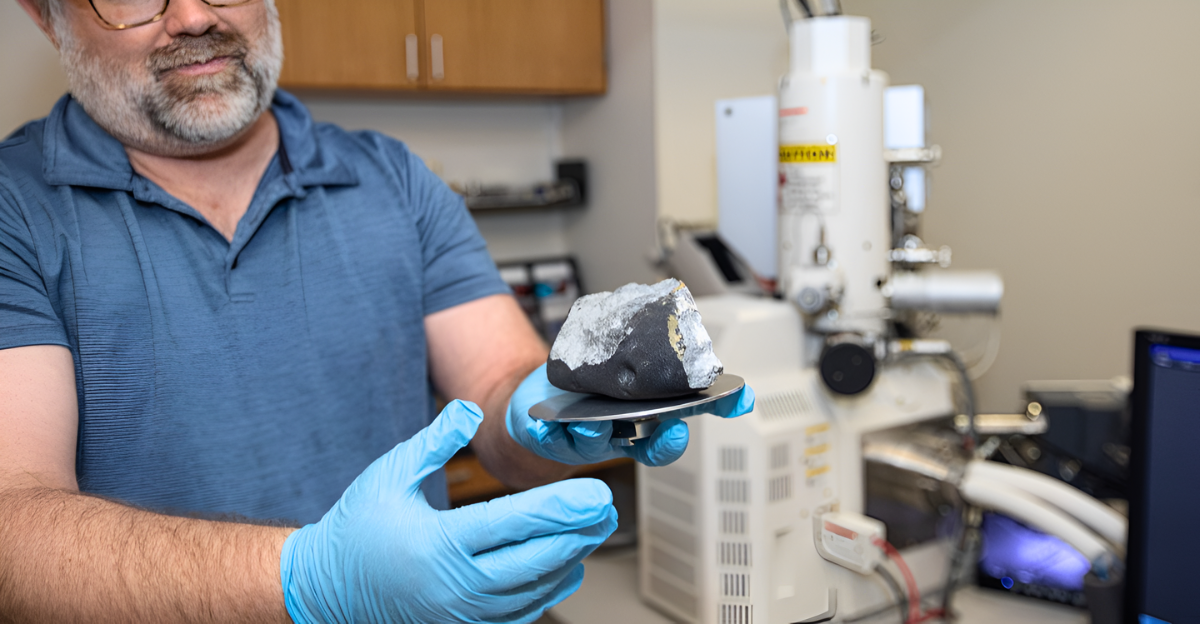
This summer, something surprising took place in a quiet Georgia neighborhood. A bright fireball suddenly streaked across the daylight sky, taking everyone by surprise.
Soon after, there was a loud boom, and a homeowner’s roof was damaged. This happened because of something falling from space.
This event has flared curiosity, not just because of the damages, but because scientists analyzing the fragments discovered something strange about this space visitor.
What made this meteorite unique? And why is it drawing attention? The answers lie in its sources, which challenge some of our beliefs about space.
A Fireball in the Daylight Sky
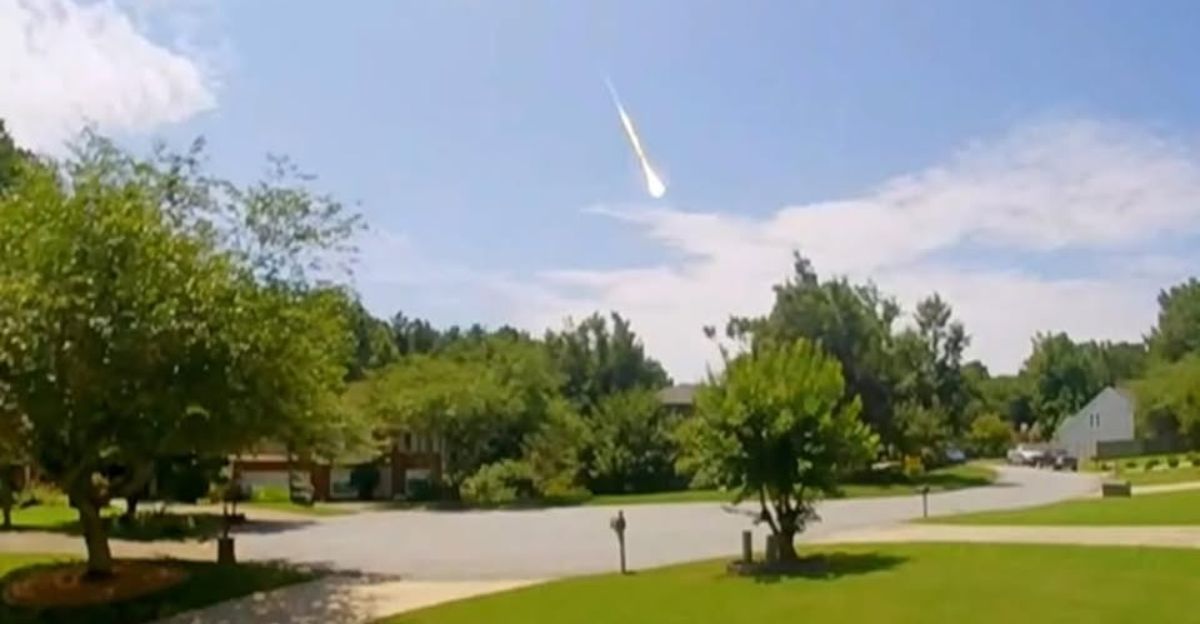
On June 26, Georgia and neighboring South Carolina locals saw a bright fireball shooting across the sky. The object moved at a rapid rate and made a loud boom, leading to hundreds of reports sent to local authorities. It happened in plain sight, so there were many witnesses.
A Crash With a Physical Impact

Unlike most meteors that burn up in the atmosphere, this landed with enough force to pierce a homeowner’s roof.
The space rock created a hole in the roof and even dented his floor. The size of the object was roughly that of a cherry tomato.
Scientists Step In to Investigate
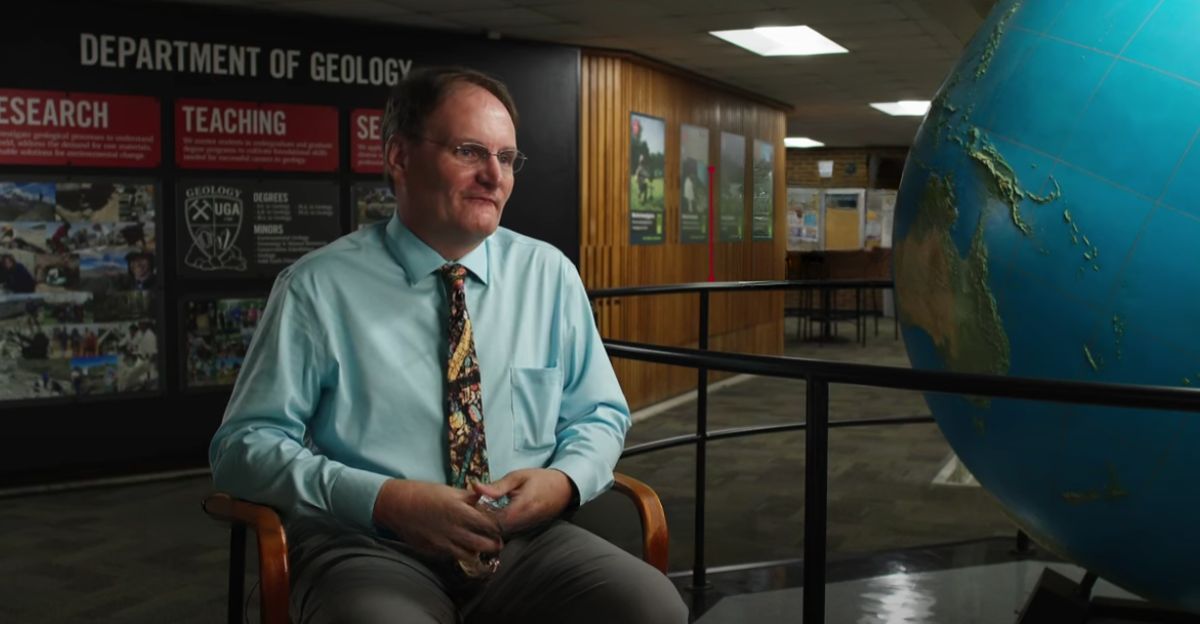
Scott Harris, planetary geologist from the University of Georgia, has been studying fragments of the meteorite.
He studied 23 grams of the recovered material under microscopes, aiming to understand the meteor’s source and what made it so unusual compared to typical meteorites.
Uncovering a Deep History
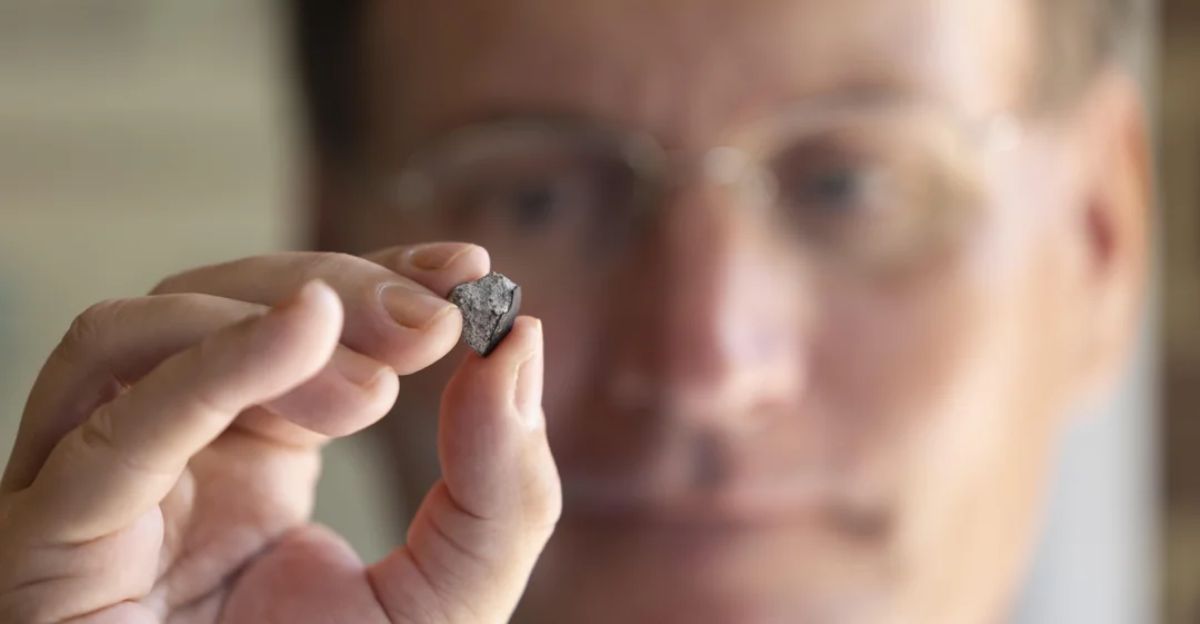
Harris realised that the meteorite was not ordinary in the slightest. It was formed 4.56 billion years ago, so it’s about 20 million years older than Earth.
This fact is noteworthy as it gives a rare insight into the early solar system’s history, before our planet existed.
The Asteroid Belt Connection
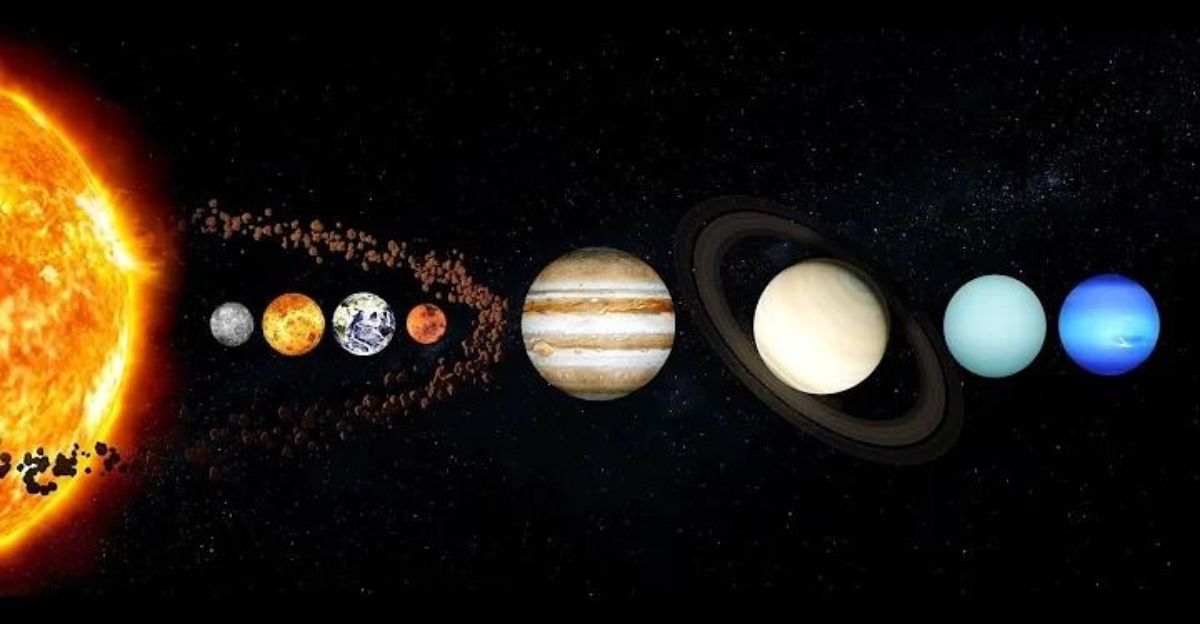
The meteorite is part of a group of asteroids situated between Mars and Jupiter in the main asteroid belt. This belt contains millions of rocky bodies, and the pieces scientists examined allow them to grasp the events that formed this region of space.
A Larger Breakup Event
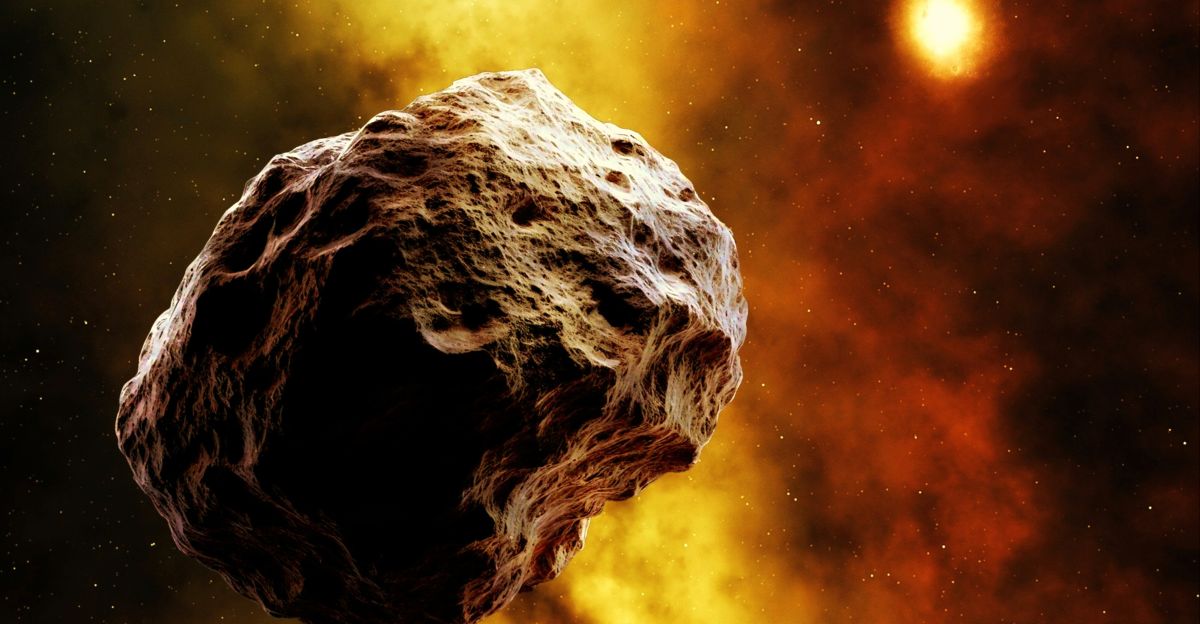
According to Harris, the meteorite is connected to a larger asteroid that split around 470 million years ago.
The partition created many smaller fragments like the one that eventually landed in Georgia. Investigating this meteor helps piece together the history of asteroid collisions like this one.
Naming the Meteorite
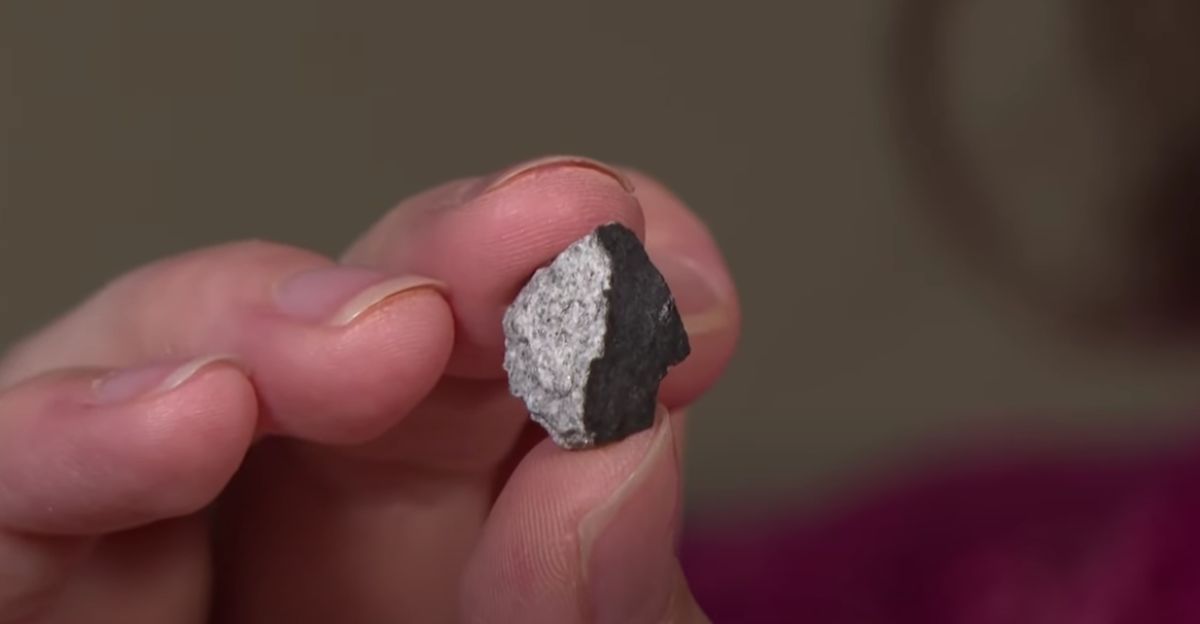
Scientists are suggesting naming this space rock the “McDonough Meteorite,” after the same city of Georgia where it struck. This obeys tradition in meteoritics, where meteorites often have the same name of the place they landed.
Meteorite Falls Becoming More Common?
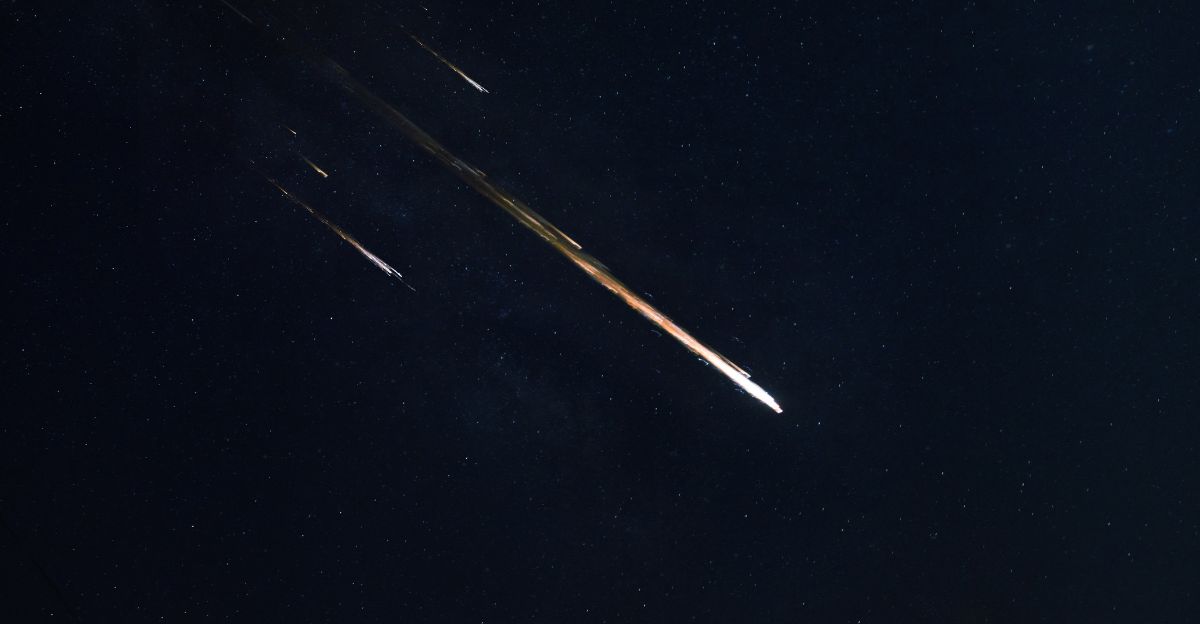
This is the 27th meteorite ever retrieved in Georgia and the sixth whose landing was actually seen. Harris states that such occasions used to happen only once every few decades but are now happening more frequently.
Why Are More Meteorites Being Found?
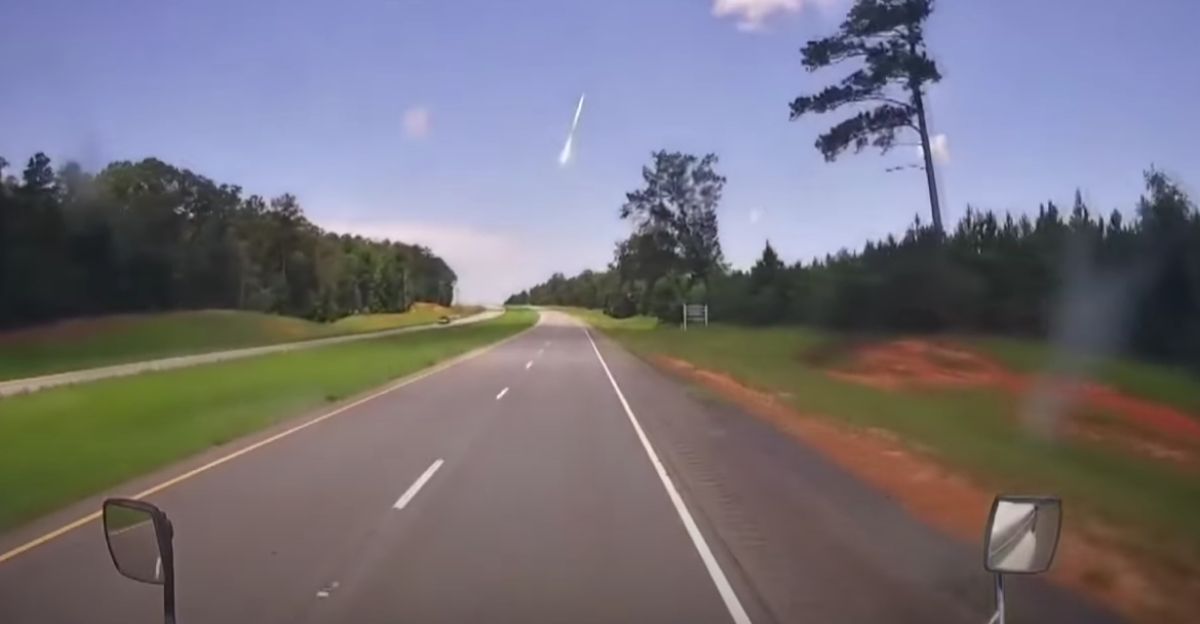
Advancements in sensors, cameras, and social media reporting imply that scientists are now notified about fireballs and falls much faster. This allows for faster collection of meteorite pieces before they are lost or impaired.
The Homeowner’s Experience
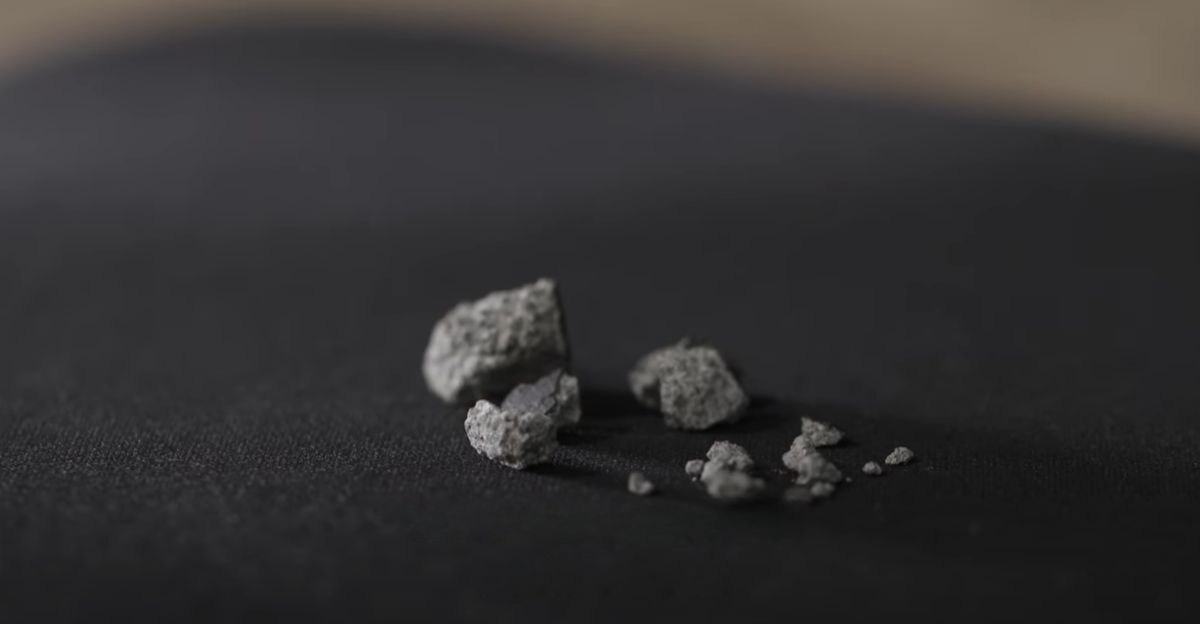
The homeowner still found specks of space dust at home after the meteorite incident. This demonstrates how meteorites can disperse tiny particles into their surroundings on impact.
The Importance of Studying Meteorites
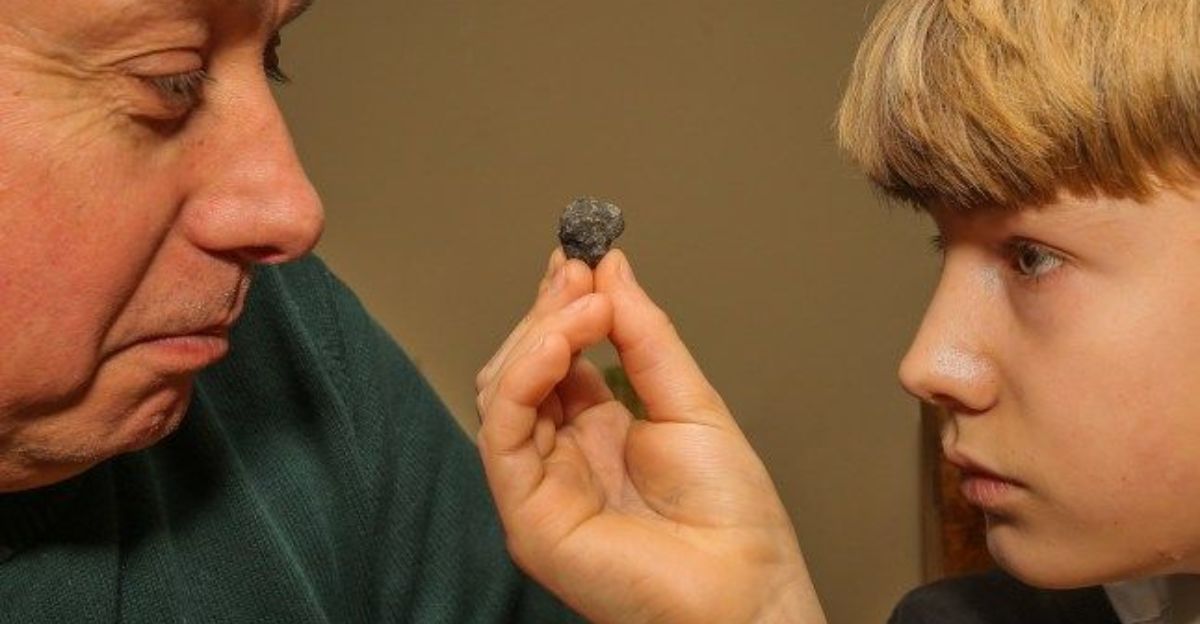
Meteorites supply essential clues about the solar system. They are fragments of ancient rock that have lasted billions of years in space, holding information about the environment from that time.
Meteorites vs. Earth Rocks
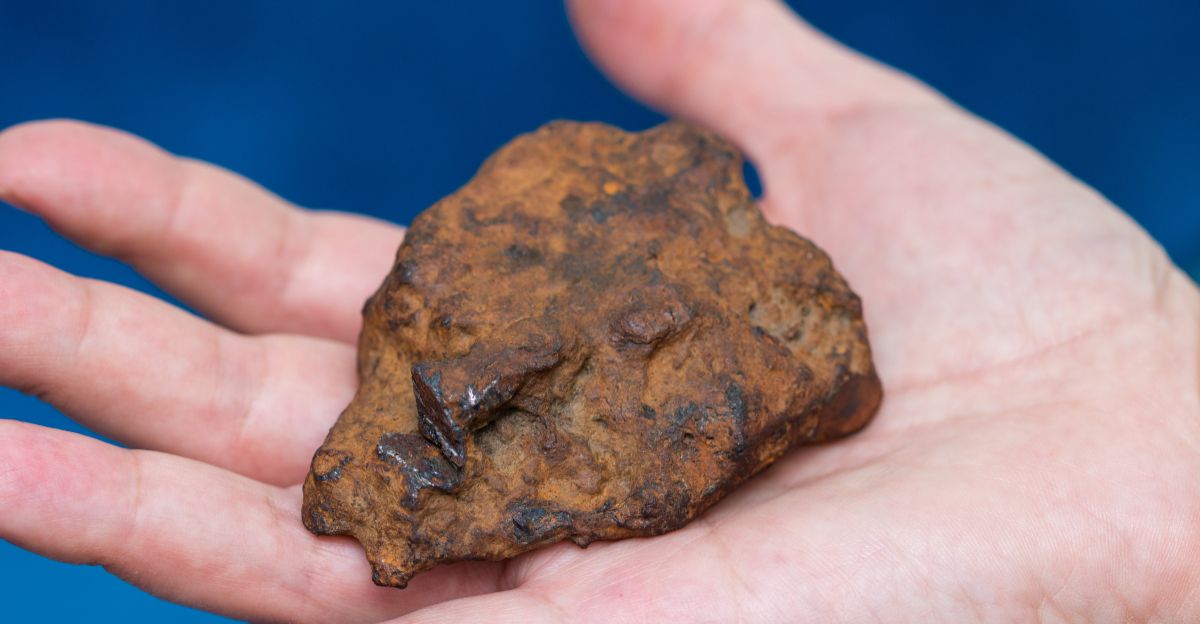
Geological processes, erosion, and weather change most rocks on Earth. Meteorites, however, offer a more precise record of space history and can be older than Earth’s oldest rocks.
The Scientific Process
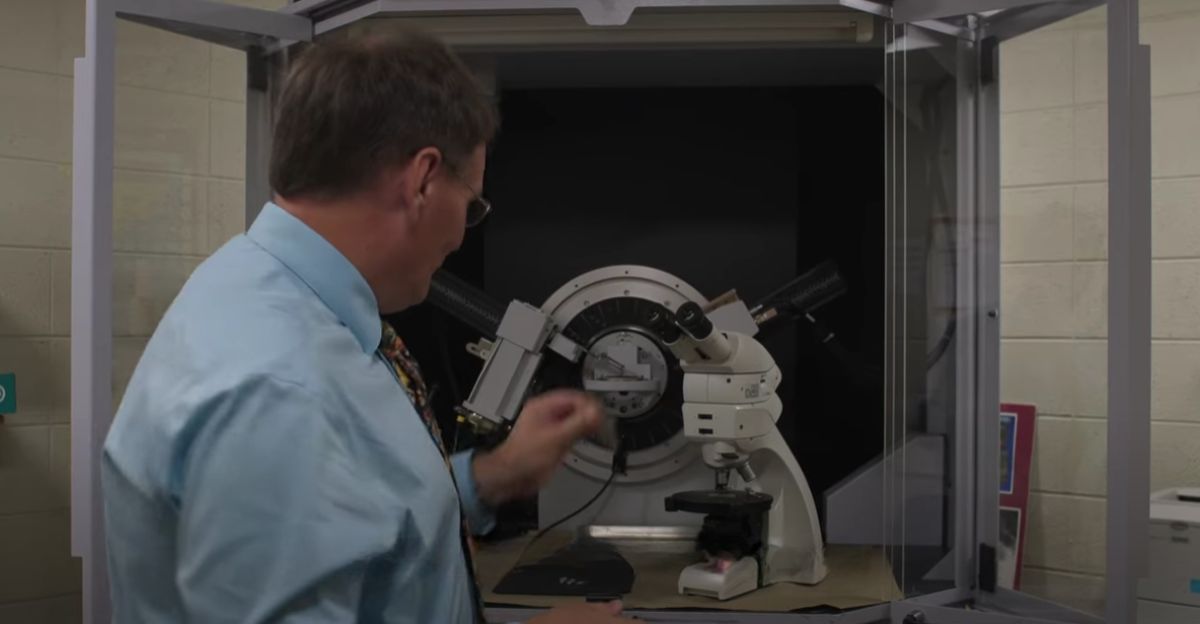
Once fragments arrive in labs for study, scientists analyze their material and chemical properties. This includes studying mineral composition, isotopic ratios, and microscopic systems to date the meteorites and understand their origins.
Meteorites and Planet Formation
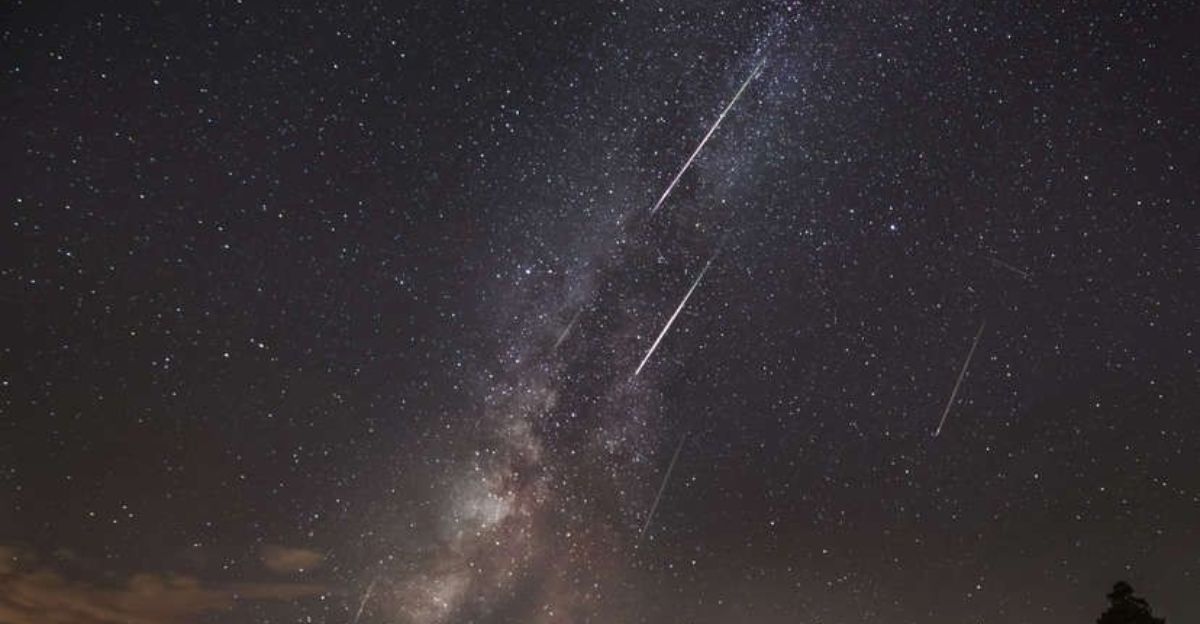
Some meteorites originate from the earliest building blocks that shaped planets, Earth included. Examining them helps researchers understand what shaped our planet and interior billions of years ago.
Public Interest in Space Events
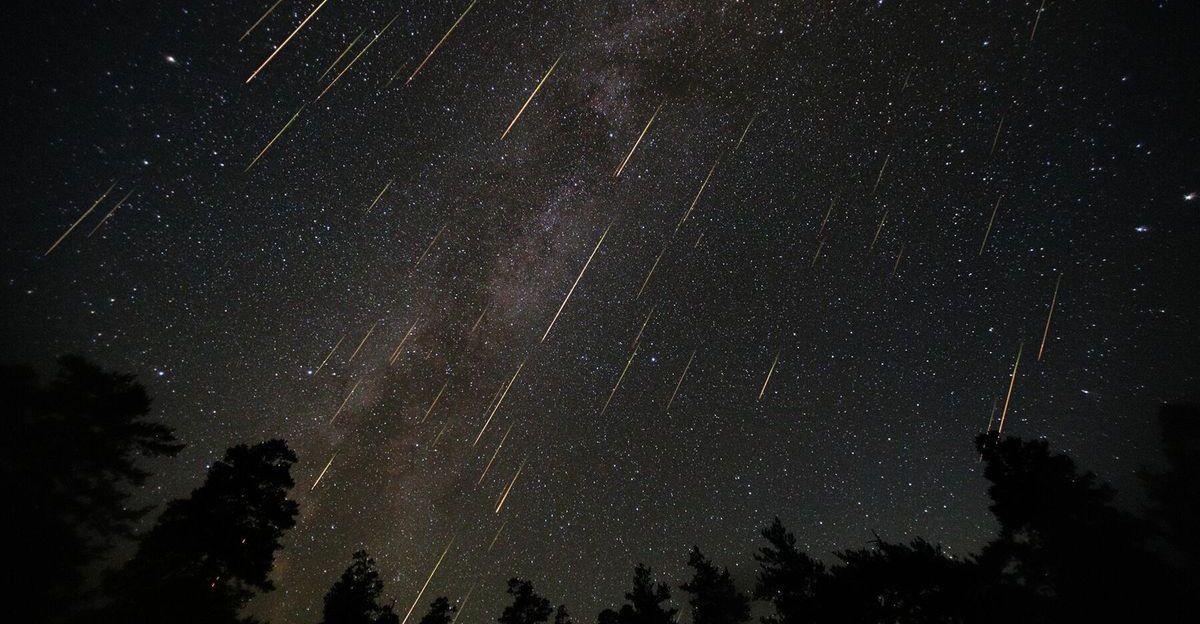
Fireballs and meteorite falls catch public attention because they connect people directly to space affairs. Witnessing a bright streak in the sky and knowing that something straight from space landed close by creates excitement and curiosity.
Meteorite Recovery Challenges
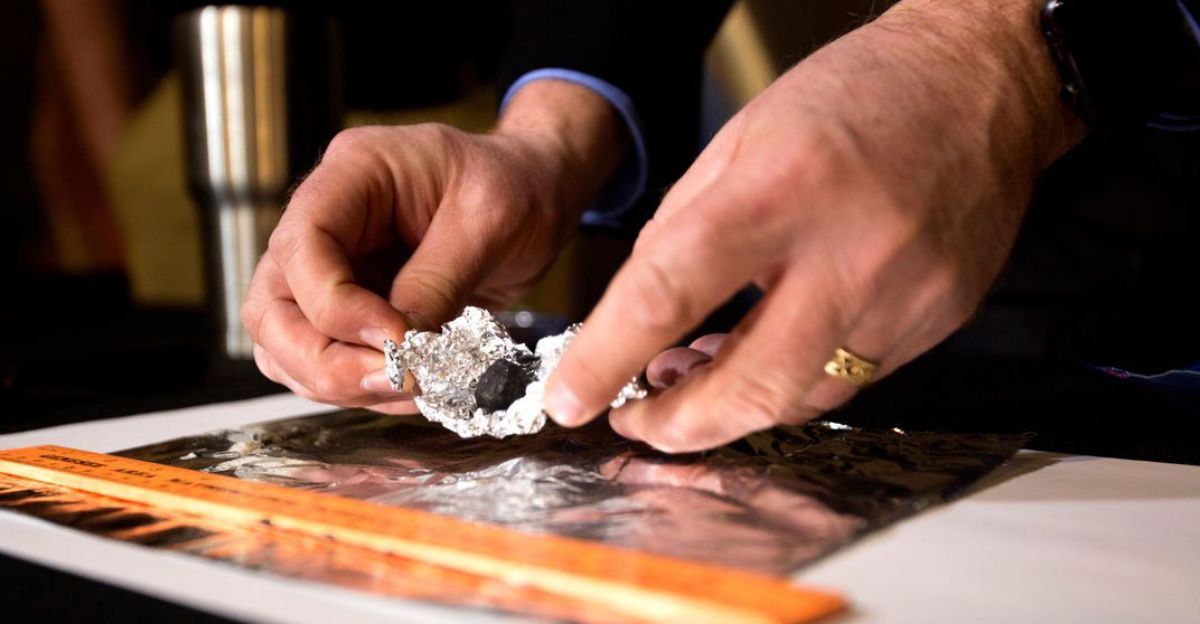
Recovering meteorites in time is crucial and can be challenging. Fragments can spread across wide areas, and sometimes, these kinds of incidents occur in inaccessible areas. Public reports are often the only way to locate these pieces.
Future Research Plans

The University of Georgia unit and its associates at Arizona State University plan to publicize their findings in the very near future.
Their investigation will contribute to the expanding data about asteroids and meteorites in the solar system.
What This Means for Earth Science

Meteorites like the McDonough Meteorite supply data that can improve our understanding of space dangers, the solar system, and the Earth’s history. Each recovered meteorite adds a piece to this puzzle.
Looking Ahead

As technology and public awareness grow, additional meteorites are likely to be discovered in the future. Occurrences like the McDonough fall remind us that Earth is still part of the wider cosmos, where space objects are continually in transit, sometimes in surprising ways.